Dancers cried, laughed hysterically and slammed into walls
Pina Bausch blew up pre-existing notions of dance, attracting devotees and haters in equal measure. Now her famed German dance company is in the hands of choreographer Boris Charmatz.
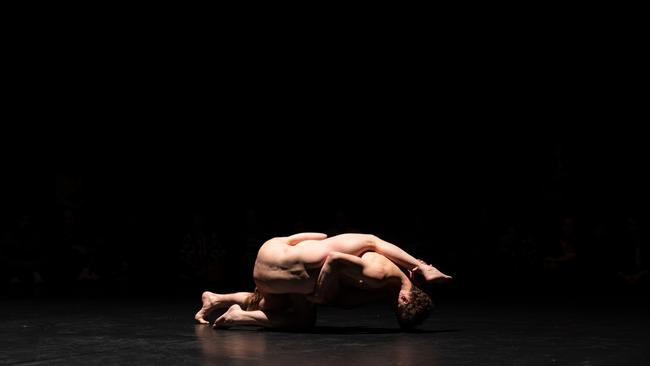
Boris Charmatz was only five years old when he began watching live dance and ballet productions, but it wasn’t until he was 17 — “very late” — that he saw his first live performance by German choreographer Pina Bausch and her contemporary dance theatre company. It is a moment he will never forget.
“I had seen Pina Bausch on VHS when I was an early teenager but live the first time? I was smashed,” he enthuses. “I was just like ‘wow’: stuntmen jumping in Nelken (Carnations), amazing set design by Peter Pabst; and Macbeth, I loved it. My first thing was the freedom — talking and moving, talking and dancing! But it’s hard to say exactly why. When you fall in love it’s hard to say why.”
If anyone could have told the 17-year-old French teen he would go on to lead that very company, Tanztheater Wuppertal Pina Bausch, he would have been as delighted then as he seems today, two and a half years after being named artistic director. Just how good a job he is doing running and choreographing for this storied German company will be under the spotlight when it tours to Adelaide Festival to performClub Amour, a production featuring both Bausch’s and Charmatz’s work that explores love and desire.
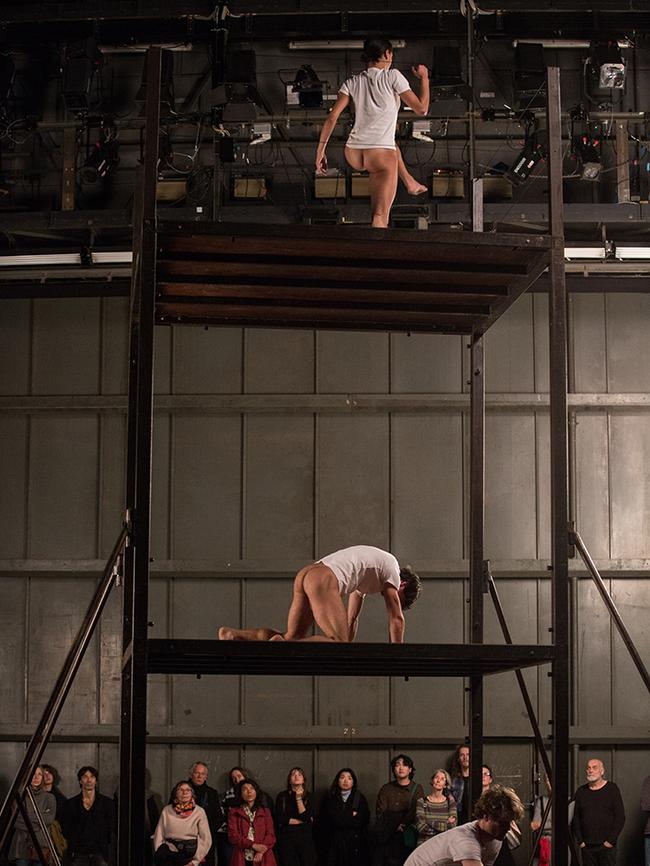
Charmatz’s life, both personal and professional, has led him to exactly this point. He is chatting with Review from Brussels where he lives part-time with his Danish partner Mette Ingvartsen and their children — “I followed my partner who is also a choreographer and I’m trying to be a good dad” — but home is where the dance is, be that the company’s base in Wuppertal in North Rhine-Westphalia, or wherever they happen to be touring.
Charmatz has led a nomadic life since he was a child. Born in the French alpine town of Chambery in 1973, the same year Bausch took over Tanztheater Wuppertal, Charmatz says his reason for becoming a dancer was simply that he could.
“Parents always say, ‘he was dancing in front of the TV from a young age’, but the truth is that first I’m a boy, and in my family it was possible to dance as a boy, it wasn’t forbidden and considered only for girls. That was the biggest push.”
At 12 he left home to study violin and dance in Grenoble before being accepted into the Paris Opera ballet school. He quickly recognised classical ballet wasn’t for him and his passion lay in experimental dance, but he opted to stay and learn the discipline of hard work and dedication.
“I don’t regret being there, I learnt so much, but it was very tough for me. My parents’ culture was much more Pina Bausch, Merce Cunningham, Trisha Brown, my culture too is 20th century and my passion was art and dance. I stayed but wasn’t among the best, at all, and I had fights about ‘what is it to dance?’”
German theatre, literature, cinema and dance were a significant part of his young life. Growing up with a Jewish father whose grandfather died at Auschwitz, and a mother who was a German teacher, Charmatz was taught from a young age to appreciate German culture and history as a means of healing and moving forward.
“The history, the memory, the wanting to connect France and Germany was always very important in my family.”
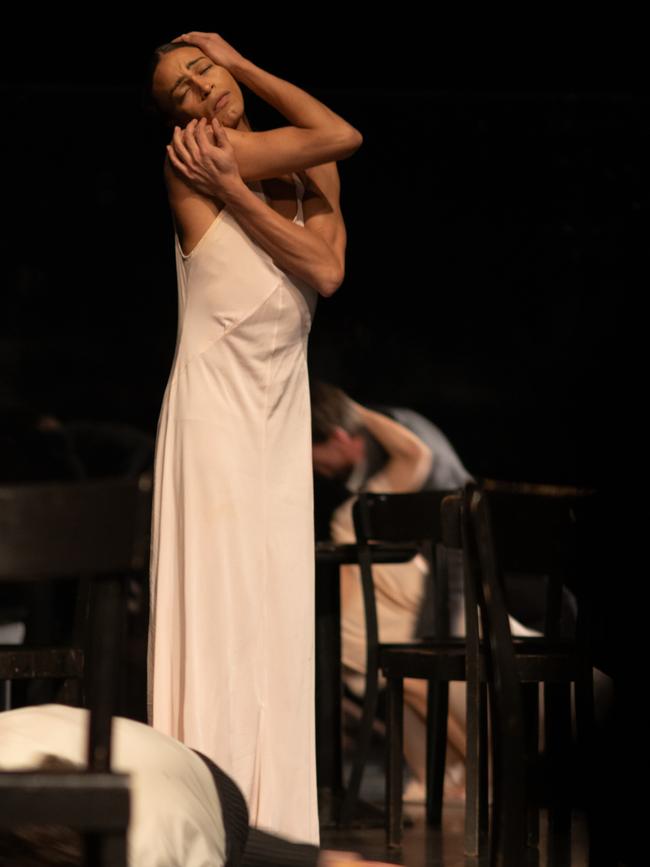
Of course Bausch and her company were very much part of that. One of the most influential choreographers of the 20th century, Philippine ‘Pina’ Bausch was born in 1940 in Solingen. She began taking dance classes at 14 at the Folkwang School in Essen with Kurt Jooss, a co-founder of the German expressionist dance movement that grew out of the flourishing pre-war creative scene that encouraged movement, music and drama. In America her imagination was further expanded by the likes of Jose Limon, George Balanchine and Antony Tudor and not too long after returning to dance with Jooss’s Folkwang Ballet she was appointed artistic director. She renamed it Tanztheater Wuppertal Pina Bausch.
This humble, chain-smoking, obsessive, collaborative, endlessly curious and trailblazing young woman would go on to blow up pre-existing notions of dance, attracting devotees and haters in equal measure. Her works famously — or infamously — explored gender, authority, violence and sexual politics. Dancers cried, laughed hysterically, screamed gibberish at the audience, slammed into walls, danced on stages flooded with water or flowers.
Nelken (1982) featured a soothing carpet of 8000 pink-hued silk carnations that would lie trampled by show’s end while barking Alsatians, grim guards and cavorting frocked-up men variously took to the stage to the music of Schubert, Gershwin and Billie Holiday.
Performed on a dirt stage to Stravinsky’s evocative score, The Rite of Spring (1975) is a powerful, abstract exploration of pagan rituals, sacrifice, and a battle of the sexes.
By the 1980s Bausch had transformed the regional troupe into an international sensation, influencing fellow dancemakers from Anne Teresa De Keersmaeker to Lloyd Newson and Akram Khan.
A prolific choreographer, Bausch created around 50 works before her sudden death in 2009 aged 68, just five days after being diagnosed with cancer.
“Often with Pina the reason she’s adored worldwide is because there’s not only one part of it,” Charmatz says. “It’s not only because the dancers are also talking or laughing, it’s not only the amazing set designs, it’s not only because the music is so emotional it brings you along, or that the performers are very strong. It’s all this together.”
The young Charmatz recognised early on he wanted to become a choreographer first and dancer second, so rather than seek out Tanztheater Wuppertal he remained in France to hone his choreographic skills working with dancemakers ranging from De Keersmaeker to Odile DeBoc.
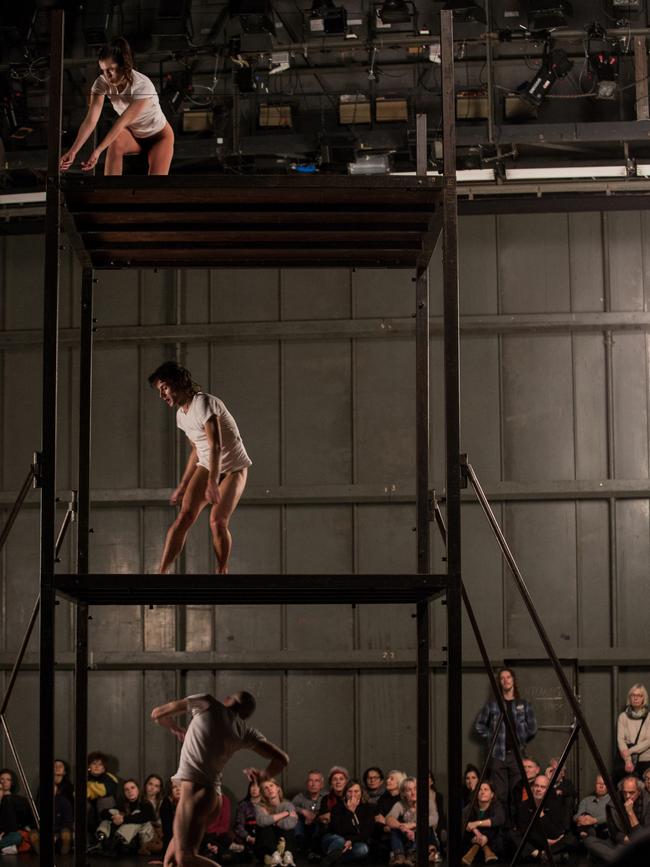
In addition to his ongoing choreographic work for organisations including the Paris Opera Ballet and Tate Modern, from 2009-18 he was the director of the Musée de la danse, Centre chorégraphique national de Rennes et de Bretagne and in 2019 he launched Terrain, a project-based company that takes dance outside into nature and public spaces. A polymath, he is also the author of several books on dance, a filmmaker and a dancer.
In August 2022 he became the fifth director of Tanztheater Wuppertal Pina Bausch, a company that has struggled since Bausch’s death to establish who or what it is without its peerless leader. It has variously been run by longtime Wuppertal dancer Dominique Mercy and rehearsal director Robert Sturm; in 2013 by veteran dancer Lutz Forster then Adolphe Binder who took over in 2017 but was dismissed the next year.
“It’s probably the biggest challenge I’ve ever faced,” concedes Charmatz. “Pina died 16 years ago and since then the company has been looking for a director. It’s been complicated.”
He acknowledges he’s viewed as an outsider, appointed for his new vision and emphasises his close collaboration with colleagues who knew Bausch intimately including Australian Julie Shanahan who joined Tanztheater Wuppertal in 1988 and continues as dancer and rehearsal director alongside Bausch veterans Barbara Kaufmann and Helena Pikon.
“It’s a challenge because everyone wants to move on, be a company of today and tomorrow, but of course there’s friction between past, present and future. I’m there to work on those frictions,” he says. “I really like the idea that the company has two heads now: mine and of course Pina’s, because she’s still very present, in Wuppertal and in the bodies and souls of everyone. We have a hybrid company with two histories mixing and I find this very interesting.”
For the Adelaide Festival, dancers from both Tanztheater Wuppertal and Terrain will perform a triptych of works, Club Amour, that Charmatz hopes embodies this hybrid notion. It includes Bausch’s influential 1978 production Cafe Muller, danced to the music of Henry Purcell, in which six dancers move about a stage strewn with chairs seemingly searching for each other, for themselves, for love. A seminal work, Charmatz danced in it himself when he joined as a means of better understanding Bausch. It is now danced by young dancers who haven’t performed it before, a deliberate move to hand it to a new generation. “I was partly criticised for that at the beginning, but I wanted to work for the future also,” he said.
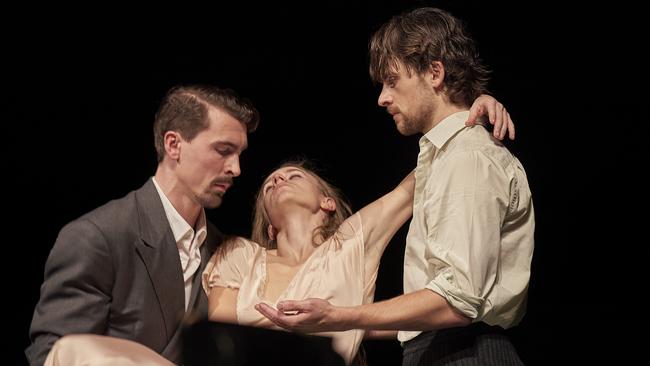
It is paired with two of Charmatz’s signature works, his radical 1996 work Aatt enen tionon (pronounced “Attention”) in which three dancers perform isolated over three elevated platforms to the music of PJ Harvey, the audience invited to stand and move around; and Herses, duo, which Charmatz will dance as part of an intimate, naked duo whose bodies are inextricably linked throughout with one partner never touching the floor. “I wanted to find a way through the program where desire would be the line of interest,” he said. “This is why we decided to do this evening with my works and Cafe Muller, to somehow insist on nudity as bare souls. In Cafe Muller the soul is bare but the body is not, there’s something about desire and nudity, but nudity of the soul.”

After working with the company more than two years Charmatz has had an epiphany.
“The biggest creation of Pina is the company itself. Because it’s the family, the ecosystem, the vehicle for her art. The fact that these creations still go 50 years later, the company is still alive, coming to Australia, revisiting CafeMuller, this is a miracle, this is wow! It went on.
“I like when past, present and future are colliding, I like the idea that Pina Bausch is our future, because she gives tools for our future. She’s the Shakespeare of our time, the more it will go on the more you will find versions of her work, like Shakespeare. We can learn a lot from the past but it doesn’t stop us from what we need to do now. And this company, the biggest creation of Pina’s, isn’t only an historical company but a company taking up new challenges and trying, again and again and again.”
Tanztheater Wuppertal Pina Bausch + Terrain Boris Charmatz perform Club Amour at the Adelaide Festival March 10-16.

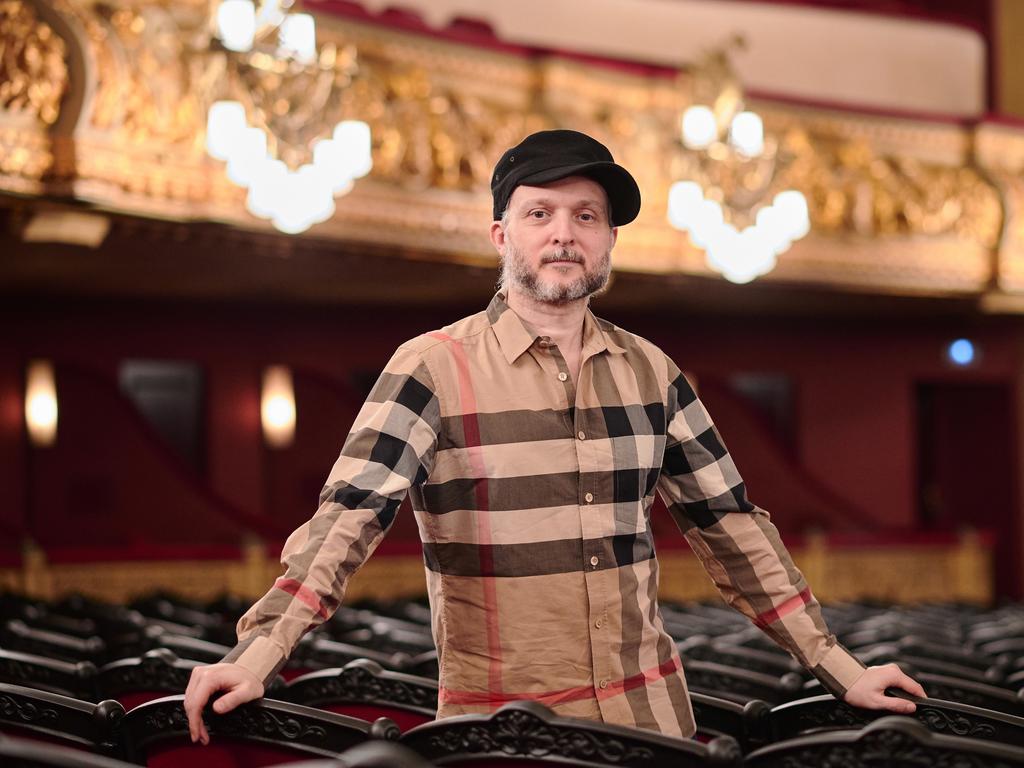

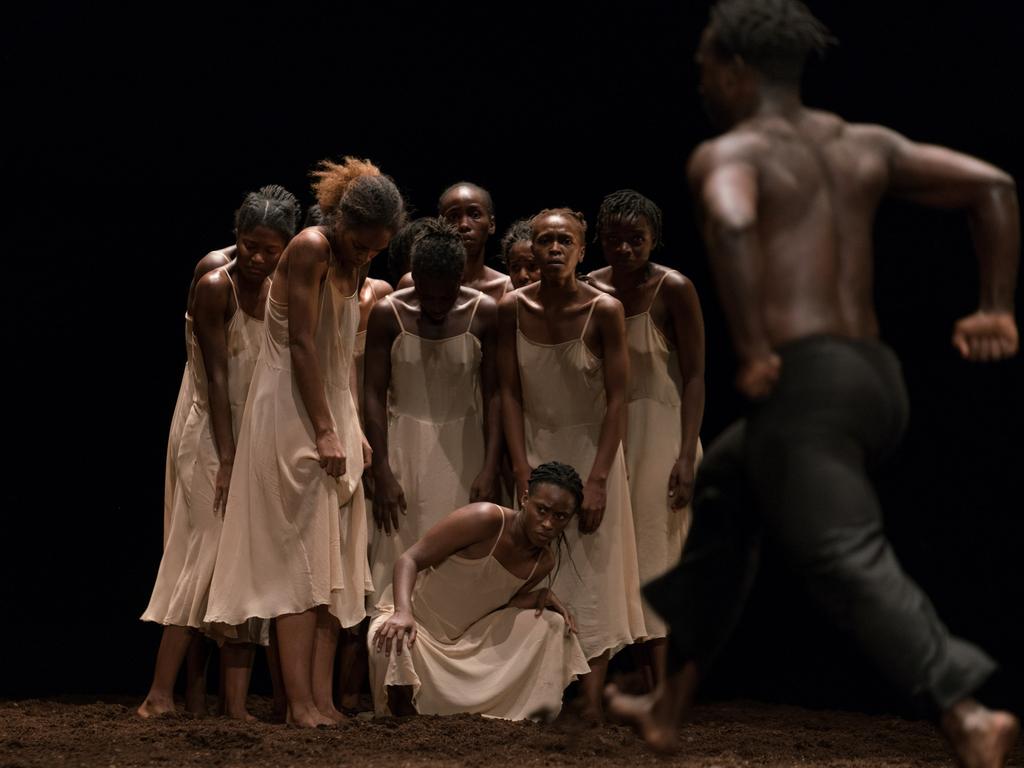


To join the conversation, please log in. Don't have an account? Register
Join the conversation, you are commenting as Logout